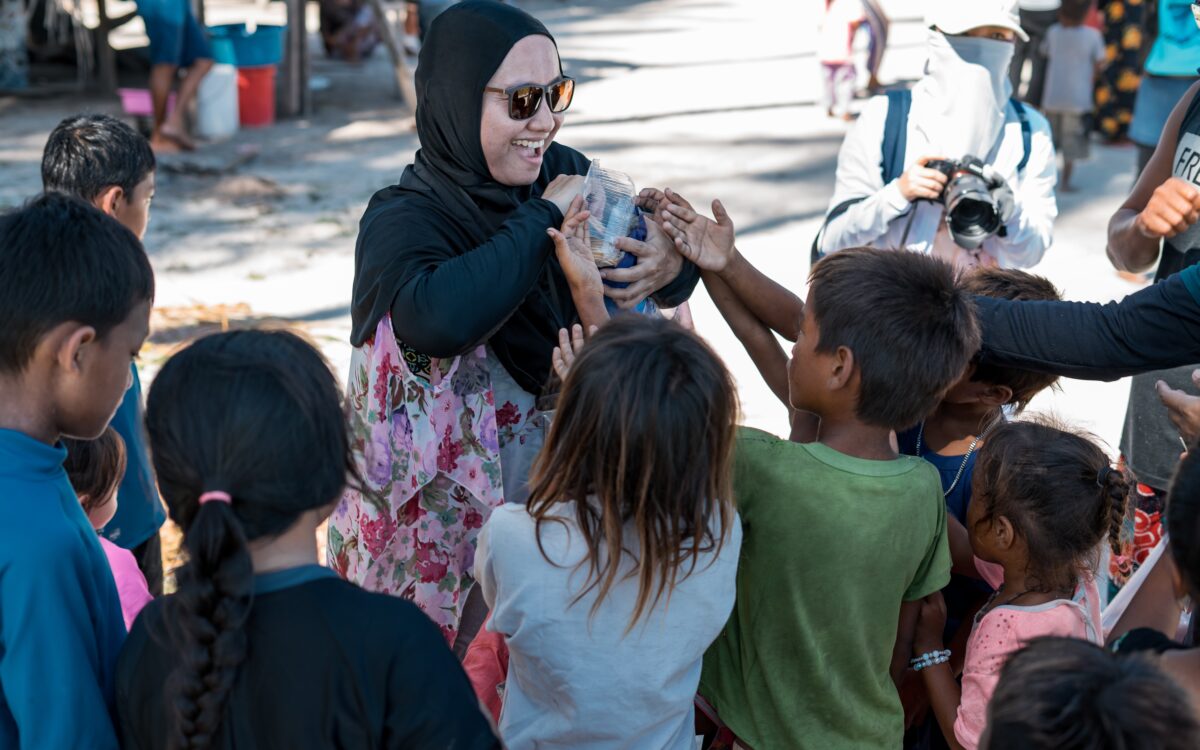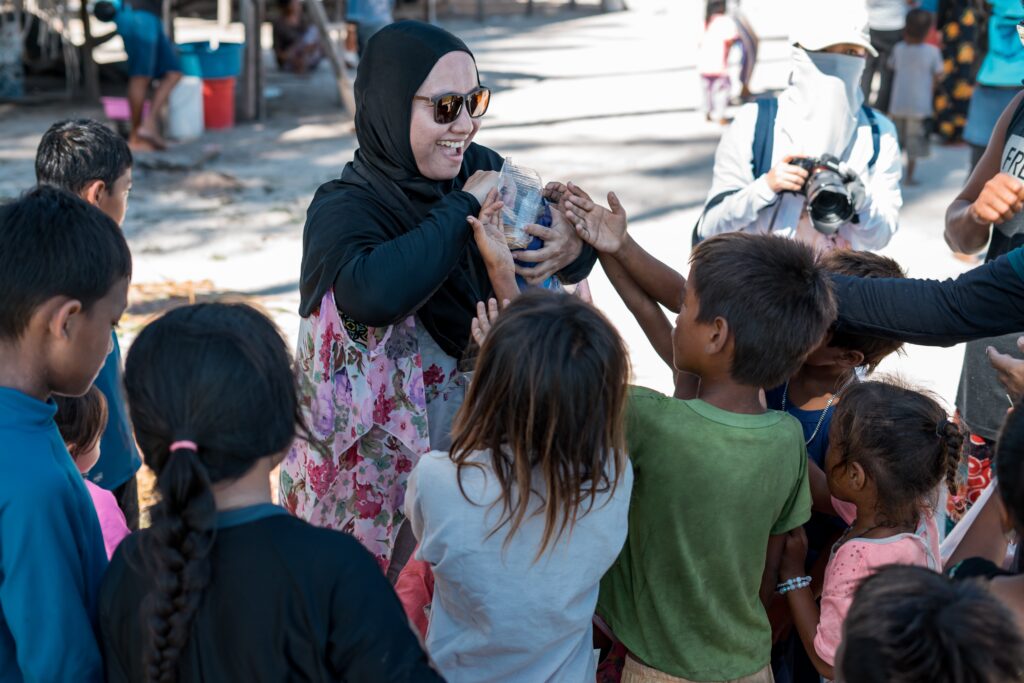In recent years, philanthropy across the Middle East has grown in ambition and scope – as needs surge due to conflict, displacement, climate crises, and socioeconomic breakdowns – but the sector faces substantial challenges that threaten its ability to respond effectively.
Humanitarian Overload and Shrinking Resources
The scale of humanitarian need in the region is unprecedented. Long-standing conflicts in Syria, Yemen, and Gaza, compounded by economic collapse in countries such as Lebanon, have generated vast numbers of internally displaced people and refugees. Basic services – healthcare, clean water, shelter – are under strain. Yet despite growing needs, philanthropic funding has not kept pace. Some reports point to sharp deficits in international donor funding, both for emergency response and for longer-term development. The consequence: many NGOs and local actors are forced to stretch diminishing resources thinner, making difficult trade-offs.
Regulatory and Infrastructure Barriers
Though some GCC states and others have begun to build more formal philanthropic institutions and regulatory frameworks, much of the region lacks enabling infrastructure for large-scale and coordinated giving. Tax incentives, transparent reporting, impact measurement and legal clarity around nonprofit operations are inconsistent across nations. This friction undermines efforts to scale up giving, undermines donor confidence, and slows the flow of aid and investment.
Access, Risk, and Operational Challenges
Delivering aid in conflict zones is increasingly perilous. Humanitarian organizations face security risks, logistical obstacles, and constrained access. Aid convoys, supplies, and even staff are often caught in front-line hostilities or bureaucratic blockages. In Gaza, for example, entry points are limited, and restrictions on movement of both goods and people impede the delivery of food, medical supplies, and rebuilding materials. These operational constraints often mean that even when pledges are made, actual delivery can be severely delayed or impeded.
Data Gaps and Monitoring Difficulties
A recurring challenge is the lack of high-quality, reliable data on needs, expenditures, and outcomes. Without rigorous monitoring and evaluation systems, it is difficult to assess whether philanthropic interventions are having intended impact, to learn from failures, or to adjust strategies in dynamic crisis contexts. As many analysts point out, this gap limits strategic planning and reduces transparency and accountability.
Cultural, Language, and Trust Barriers
Effective philanthropy requires more than money – it requires trust, cultural sensitivity, and deep local engagement. The Middle East is characterized by diverse cultures, languages, religious traditions, social norms and expectations. Local civil society organizations are often best placed to navigate these complexities, but they may be underfunded, under-recognized, or constrained by law. Language barriers and differing donor expectations can also hamper collaboration.
Moving Forward: Opportunities for Reform and Innovation
Even against these challenges, there are pathways for improvement. Some countries are strengthening frameworks for philanthropic giving, including tax structures and legal recognition of nonprofits. New funding mechanisms – such as Islamic philanthropy funds targeted to displaced communities – are being launched. Capacity building for local NGOs, participatory decision making with affected communities, and improved data systems are gaining traction.
For philanthropy in the Middle East to meet the scale of current and emerging crises, it will need to balance urgency with sustainability – overtly engage in reform around access, regulation, monitoring, and local empowerment.
At the Amfort Center, we recognize that these challenges demand not just awareness but sustained action. Our commitment is to continue providing targeted support, fostering cross-sector collaboration, and strengthening local capacity so that philanthropy in the Middle East can be more effective, transparent, and resilient. By bridging global resources with regional expertise, we aim to ensure that communities most affected by conflict, displacement, and economic hardship receive not only immediate relief but also the tools to build long-term stability and opportunity.








